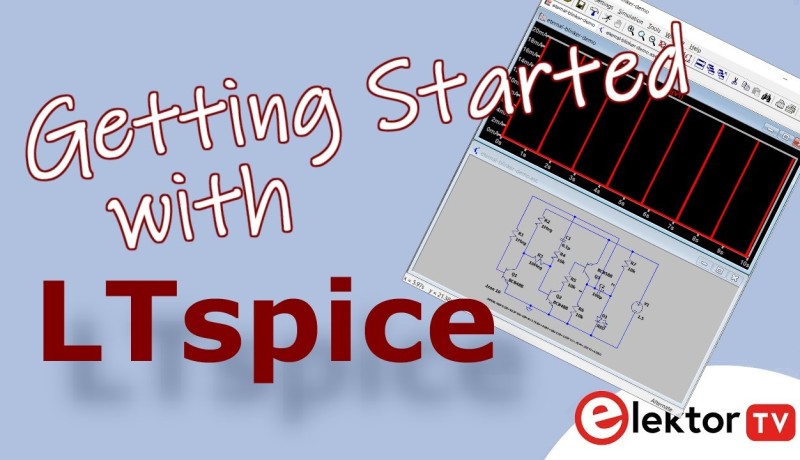Getting Started with LTspice
on

At some point in any electronics enthusiast’s journey, the need to simulate a circuit’s behavior inevitably arises. LTSpice may not have the slickest interface around, but it remains one of the most powerful simulators, and is free! In this hands-on tutorial video, you’ll learn how to get started with it quickly and get useful results. When simulating a circuit, it's always essential to carefully interpret the results and track down any potential errors or unrealistic values; the video naturally covers this aspect as well!
Although the video is based on LTSpice 17 (the version immediately preceding the current one), it is still fully relevant today. The latest version works exactly the same, the differences are mainly a faster simulation speed and minor graphical changes such as icons. However, these details are irrelevant for the beginner. The two versions are available for download, and users of the latest version can even revert to version 17's classic look in the Settings.The video walks you through building and simulating an LED blinking circuit originally published in Elektor Magazine, which runs for two years on a single AA battery, using just three transistors. The tutorial covers essential LTSpice features: schematic drawing, component placement, wiring, entering values, and simulating signals. You'll learn how to interpret waveforms, use cursors for time/frequency measurements, apply custom SPICE models, and even estimate current consumption.The teaching is thorough, including debugging simulation issues, which can be real hurdles for any beginner! Watch the video below:
Explore More Simulation and Electronics
Want to learn more about simulators, circuits, or electronics in general? Check out all the educational videos and tap into the knowledge of experts on our Elektor YouTube channel and our Elektor Industry YouTube channel. Subscribe to Elektor's weekly newsletter to receive a regular flow of expert tech knowledge and insights.




Discussion (1 comment)